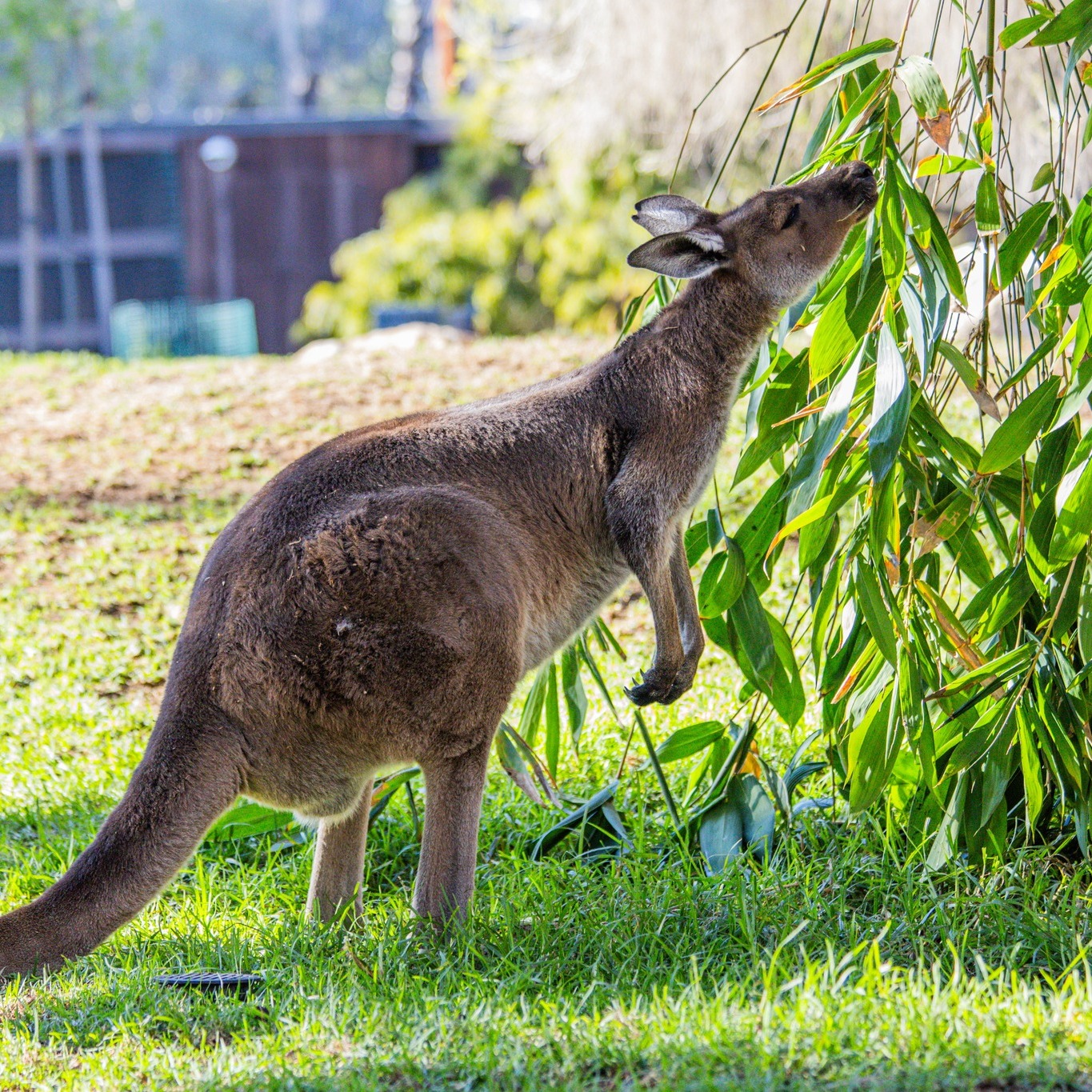- The significance of animal enrichment and mental stimulation in zoos, focusing on browse activities.
- The unique behavior and dietary habits of Western grey kangaroos like Aspen.
- The role of zoos in wildlife conservation and education.
- Strategies for zoo management in enhancing animal welfare and visitor engagement.
- The importance of observation and interaction in understanding animal behavior.
Animal enrichment in zoological environments serves as a critical component not just for animal welfare, but also for their mental and physical health. Enrichment activities such as providing browse — plant material eaten by animals — play a significant role in the daily lives of the inhabitants of zoos. Engaging animals with natural behaviors is vital for their well-being. It involves mentally stimulating activities and dynamic challenges which promote the expression of species-specific behaviors. Browse activities, where animals interact with natural vegetation, are crucial in replicating natural habitats and behaviors. These activities can be as simple as Aspen the Western grey kangaroo reaching up to smell or nibble on fresh leaves. Such moments are more than just photo opportunities; they’re pivotal in the grand scheme of conservation and education initiatives that modern zoos champion.
Western grey kangaroos like Aspen have distinctive behaviors and dietary needs that zoos must meet to maintain their health. These marsupials are primarily herbivores, and in the wild, they consume a variety of grasses, leaves, and shrubs. Understanding their diet is essential for animal caretakers to provide appropriate nutrition. Beyond nutritional needs, stimulating appetite and interest in food items is equally crucial. By offering fresh browse, not only is Aspen encouraged to exhibit natural foraging behavior, but it also derives mental stimulation. This is an example of how the adaptation of natural habitat conditions into zoo environments allows animals to thrive in captivity.
Zoos hold a substantial responsibility in wildlife conservation. They function beyond mere exhibition spaces and aim to educate the public about biodiversity and the importance of protecting wildlife. Conservation programs often involve species breeding and reintroduction into their natural habitats. Educational programs help raise awareness about endangered species and ecological sustainability. As a result, zoos have transitioned from places of entertainment to institutions of learning and conservation. By observing an animal like Aspen, visitors gain insight into kangaroo behavior and ecology, fostering a deeper appreciation for wildlife.
Managing a zoo involves creating environments that support the health, safety, and engagement of animals and visitors alike. The challenge lies in innovating ways to keep animals physically and mentally healthy while also ensuring that visitors have a memorable experience. Effective zoo management employs a combination of habitat design, nutritional planning, and enrichment activities. This ensures that the animals are engaged in their environment, which in turn leads to more active and visible behaviors. Engaging visitors with interactive and educational exhibits allows them to connect emotionally and intellectually with the animals.
Observation and interaction are key elements in understanding animal behavior. At the heart of this practice is the patience to watch and learn from each animal’s unique habits and preferences. This can provide insights that enhance care and inform scientific study. Behavioral studies have shown that interactions like those involving browse activities can indicate an animal’s health, stress level, and adaptability. Such observations can inform improvements in animal care standards and help tailor enrichment activities to individual animal needs. Through these practices, zoos can continue advancing in their mission to protect and conserve wildlife, while also fostering a global community that values environmental stewardship.
*****
Source Description
There’s always time to stop and smell the browse at the Zoo! 😌🍃
Alt-text: Aspen the Western grey kangaroo stretches to get a sniff of the bright green leaves that hang from a tree in front of him.

